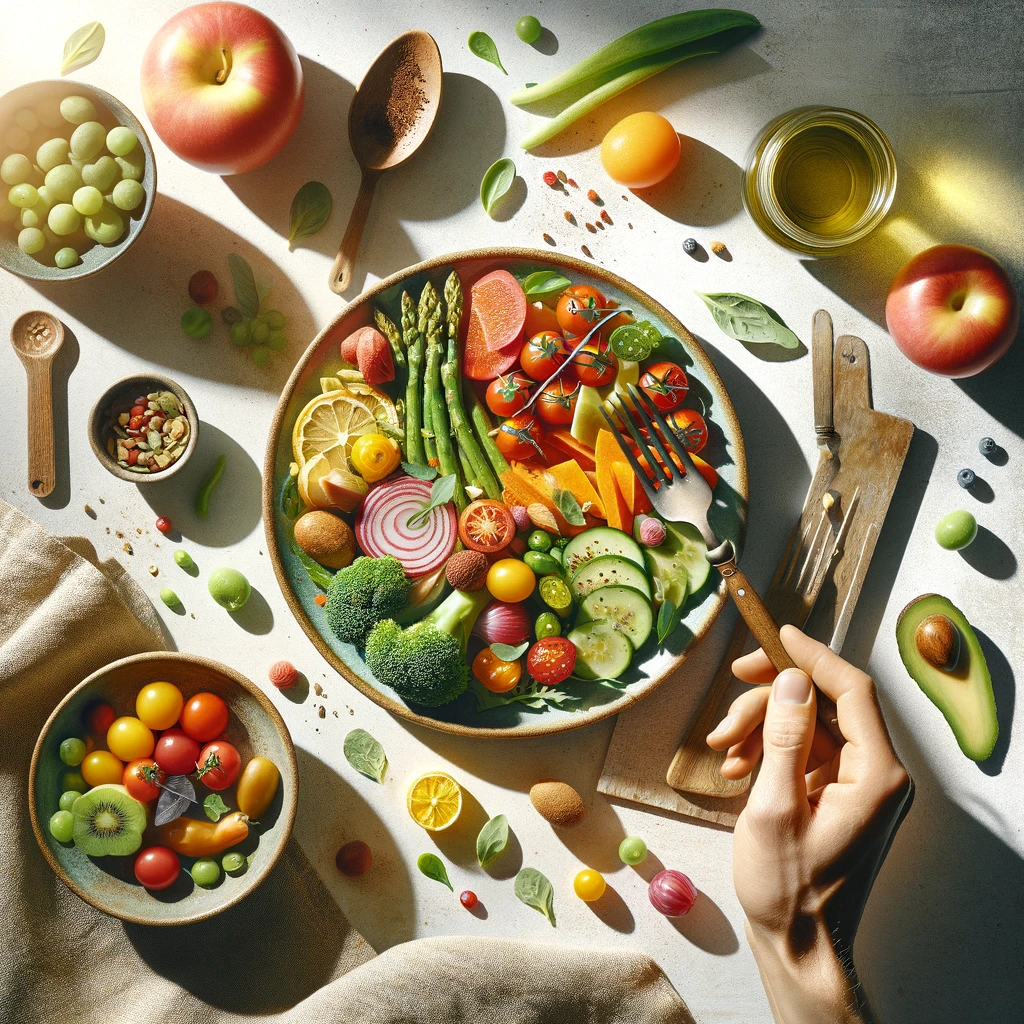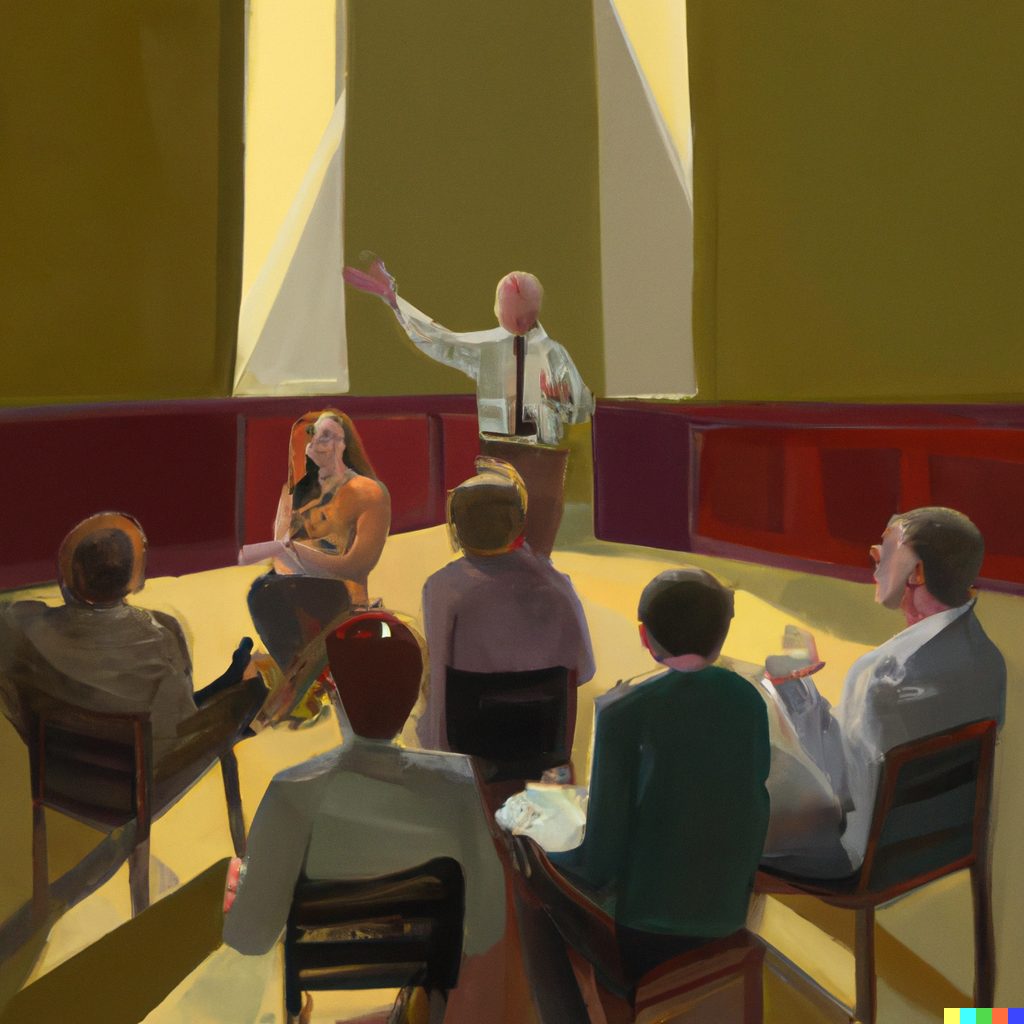A college-level lesson plan is a structured outline that guides ‘educators’ in delivering a single instructional session, class, or lecture within a further or higher education setting. It typically includes the essential elements to ensure both effective teaching and student learning.
1. Lesson Title: A clear and concise title that reflects the topic or theme of the lesson.
2. Course Information: Information about the course, including the course name, reference number(s), and section.
3. Instructor Information: The instructor’s name, contact information, and office hours (if they restrict access).
4. Date and Time: The date, time, and duration of the session.
5. Learning Objectives: Specific, measurable, and achievable objectives that outline what students should be able to do by the end of the session’s activities. (Typically aligned with broader course goals.)
6. Prerequisite Knowledge: Any prior knowledge or skills students should have to engage effectively with the lesson. In a flipped classroom, this will be the core course material.
7. Materials and Resources: A list of the materials, textbooks, handouts, equipment, technology, or online resources that will be used during the lesson. (Often omitted by busy teachers, this allows students who are absent, or who have various sensory or cognitive differences, to prepare themselves.)
8. Teaching Methodology: An explanation of the teaching methods that will be used to deliver the content, such as lectures, discussions, group activities, demonstrations, or multimedia presentations.
9. Anticipatory Set: An engaging introduction to the lesson that captures students’ attention and prepares them for the content to come. This may involve posing a question, sharing a real-world scenario, or showing a relevant video clip. (In the flipped classroom, can be used to check the students’ prior knowledge.)
10. Content Presentation: The core of the lesson, where the tutor explains the key concepts, theories, or information. This section may include lecture notes, slides (with notes!), or a structured script.
11. Practical Activities: Opportunities for students to actively engage with the content. This can include group discussions, problem-solving exercises, case studies, debates, or hands-on activities, depending on the subject and teaching style.
12. Assessment and Evaluation: Methods used to assess student learning, such as quizzes, assignments, group projects, or in-class activities. This section may also include the grading criteria or rubrics.
13. Closure: A summary or review of the main points covered in the lesson. This helps reinforce key takeaways and ensure that students leave the session with a clear understanding of the material.
14. Homework/Assignments: Any assignments, reading, or homework that students are expected to complete before the next class.
15. Accommodations: Information on any variations for students with disabilities, if applicable.
16. Reflection: Space for the instructor to reflect on the lesson’s effectiveness, including what worked well and any areas for improvement. This informs future teaching.
17. Additional Notes: Any additional information or instructions relevant to the lesson, such as special considerations, announcements, or upcoming events.
18. References: Citations for sources or references used in the lesson, including textbooks, articles, and online resources.
Lesson plans are vital tools for educators to organize their teaching and ensure that learning objectives are met. They serve as a roadmap for both instructors and students, helping to create a structured and effective learning experience. They allow other teachers to step in at the last minute if the original one was absent.
(Source: ChatGPT 25 September version with edits)


